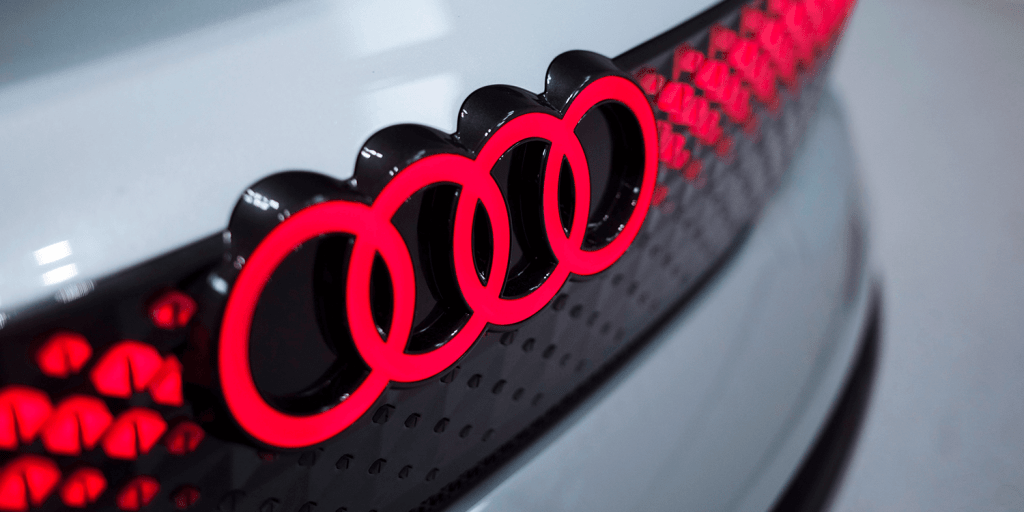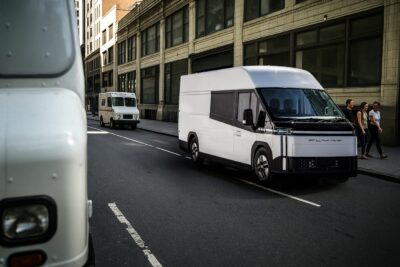Audi to build the Q8 e-tron in Brussels
Audi will build the Q8 e-tron at its Brussels plant from 2026. According to Belgian media, this rumour, which emerged in June, has now been officially confirmed by Audi CEO Markus Duesmann at an event to mark the production of the eight millionth vehicle at Audi Brussels.
“The future will be electric. Our factory in Forest is carbon neutral. And when we deliver a new vehicle, we do so with zero emissions in mind,” Duesmann said. “Based on this experience, the next car to be produced here will be the Audi Q8 e-tron, the electric successor to the current e-tron. This choice is based on the current success of the brand.”
However, Duesmann’s confirmation is only picked up by Belgian media who were on hand at the Brussels event. In Audi’s announcement of the eight millionth vehicle from Brussels – a white e-tron quattro – Duesmann’s plant is praised as a “pioneer and role model” in e-mobility. Still, the experience will benefit the transformation of other sites, according to the Audi CEO. However, the production of the Q8 e-tron is not mentioned in the statement.
The Q8 e-tron will succeed the Audi e-tron quattro at Audi in Brussels as a large electric SUV, which has been built there since autumn 2018. Since then, Brussels has been an electric-only plant, as Audi moved the previous production of the Audi A1 to Seat in Spain. The production and final assembly of the vehicles were carried out in Brussels. The batteries are also assembled there.
The e-tron quattro will receive a facelift in 2023 at the latest before being phased out in 2026. According to recently photographed prototypes, the headlights, front grille and rear lights will be adapted to the look of the Q4 e-tron built in Zwickau as part of the model update. However, there is still no definite information on the changes to the drive technology, with speculation ranging from new batteries to new motors. Overall, the e-tron is expected to be somewhat more powerful and, above all, more efficient, which should make standard ranges of over 500 kilometres possible – but this has not yet been confirmed.
There are few details about the Q8 e-tron itself so far. It will likely utilise the PPE platform, just like the Q6 e-tron, which will be built in Ingolstadt from 2023 onwards. Another option is the Scalable Systems Platform (SSP), with which the VW Group intends to replace the two electric vehicle platforms MEB and PPE from the middle of the decade onwards. This “super-platform” can be used on an extensive scale and enable new possibilities in software and electric architecture.
Update 10 January 2021
Audi is bringing forward the name change of the e-tron quattro by four years. With the upcoming facelift at the end of 2022, the Audi e-tron quattro will be renamed Q8 e-tron according to German media and thus already bear the name of the successor planned for 2026 and confirmed by the VW planning round in December.
While Automobilwoche in its report names no source for the upcoming renaming, there is a rationale for the move: apart from the Taycan sister model e-tron GT (which is likely to keep its name), the Audi e-tron unveiled in 2018 was the only model that did without the usual letter-number combination to classify its size. Probably also to create a distinction to the upcoming Q6 e-tron, the increasing confusion around the e-tron without a name suffix is to be ended – with the Q8 e-tron, clarity would prevail again.
However, there will be no fundamental changes to the dimensions. The future Q8 e-tron will probably retain its roughly eight-centimetre difference in length from the combustion engine Q8. However, “Automobilwoche” claims to have received a new figure on the battery of the facelifted model from company circles: The range is expected to increase by 200 kilometres to up to 600 kilometres – previously there was speculation about an upgrade to 500 kilometres.
With reporting by Sebastian Schaal, Germany.
rtl.be, vroom.be (Duesmann statements in French, Dutch), audi-mediacenter.com





0 Comments